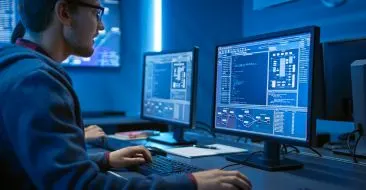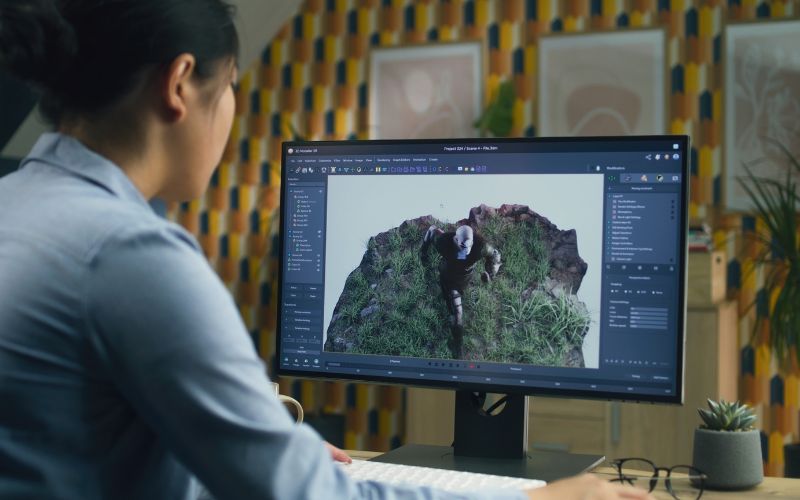How do animation studios render their movies?
What is Rendering?
Rendering in 3D animation, comparable to cinematography, starts the cycle by presenting the final outcome of the technique.
The designers will use a range of technology for the work, based on which animation studio you contact to have 3D animation done for you.
For those who are still pursuing the discipline, there is some reasonably priced 3D software available. A large number of animation studio in Kolkata, on the other hand, such as Pixar and Disney, use the most cutting-edge technology to create the most aesthetically spectacular 3D animation.
3D animation seems to be more costly, time-consuming, and laborious than 2D animation.
The extra depth viewpoint of 3D animation necessitates nearly double the amount of work compared to standard 2D animation. A two-dimensional artwork and a three-dimensional statue are the greatest ways to compare the two.
While works of art enable you to see the entire scene, statuary enables you to grasp and sense the element’s complexity.
Besides the basic phases, there are also certain steps that a 3D animation studio team follow :
Developing the storyboard and conceptualizing it.
Creating 3D models is a time-consuming process.
Texturing, rigging, and animation are all part of the process.
The monitors were lit and established.
Rendering.
Adding special effects and compositing
Music, foley, and post-production are all included.
The finished product.
In this article, we will be specifically talking about rendering.
What are Render Farms?
Render farms are used by animation studios to render their films. A render farm is a massive number of web servers that are dedicated to rendering graphics and have several cores.
Render farms could be made up of physical computers in cabinets that are interconnected by communication networks. The amount of servers/CPUs/GPUs you can link to your connection limit your processing time. You’ll need to install racks, processors, broadband links, and employees to manage and measure the physical equipment if you want to grow your bandwidth or lower your rendering time.
To learn about the technique and skill of rendering professionally, you can join the Moople Institute of Animation and Design for further information.
How does Rendering work in Studios?
Many businesses are transitioning to virtualized render farms. Different virtual machine (VM) examples running vCPUs (virtual CPUs) on a single instance are used in cloud-based farms.
Choosing cloud-based has the advantage of allowing you to scale up or down the number of virtual machines you require depending on your project. You won’t have to manage or maintain your own physical rendering servers anymore. You only pay for the time each vCPU/GPU is used. You simply pause/end your VM sessions when you’re finished.
The beauty of the virtualized environment is that it is accessible to everybody via cloud services such as AWS, Google Cloud, and Azure. A tiny production company can swiftly set up their individual cloud-based server farm and then shut it down when they’re through.
Some businesses use a hybrid strategy, employing their own cloud render farm. They can create their own cloud and scale up and down the number of virtual machines as required for their initiatives. Milk VFX picked RenderMan to produce the grandiose Dinosaurs in the Wild and employed Google Zync, a virtualized render farm, to demonstrate the capabilities of web rendering. In less than three months, the team was capable of delivering 77 million frames with 4K resolution. The identical render may well have taken two or three years to create even without clouds.










